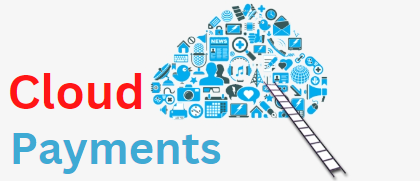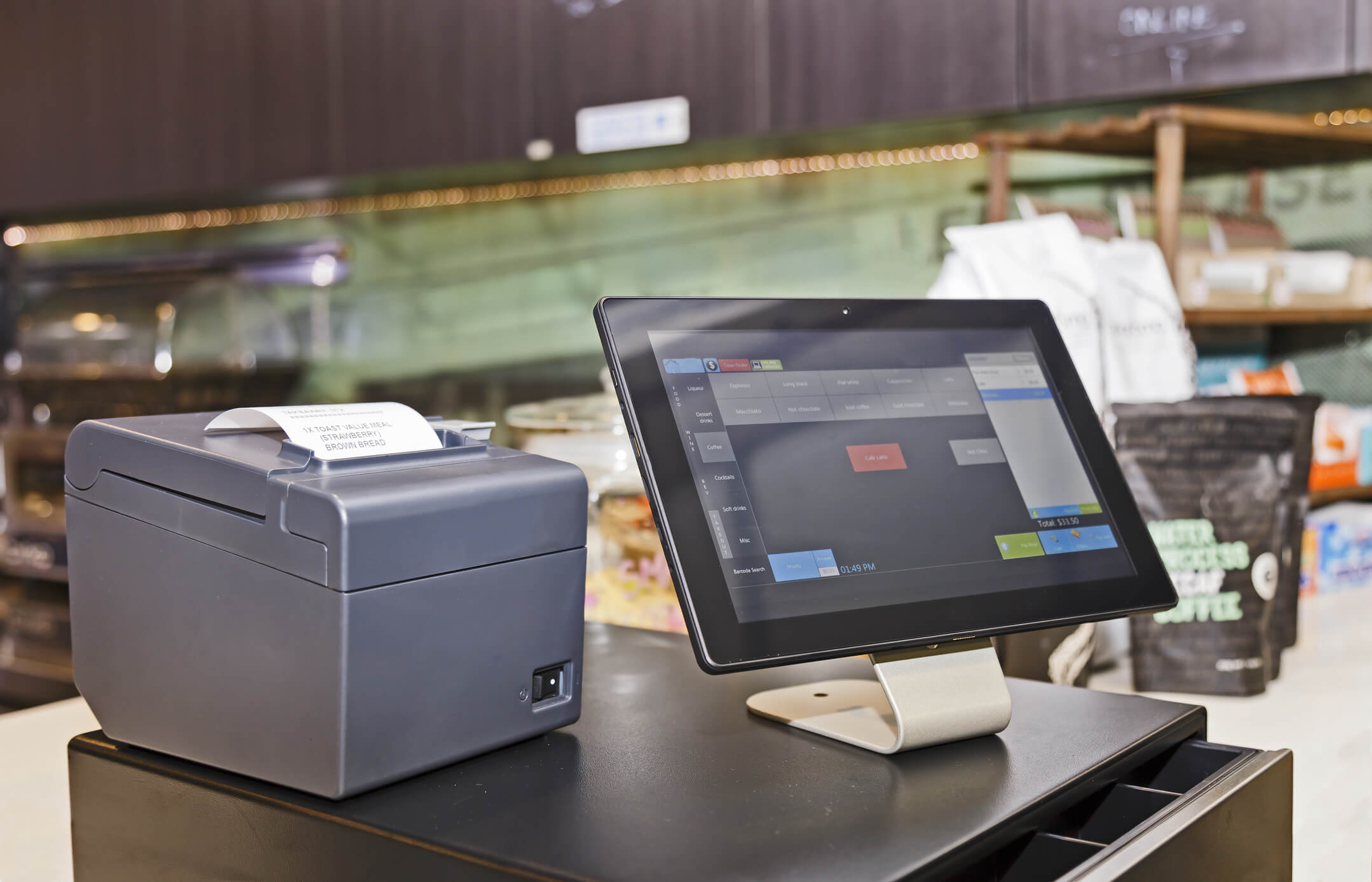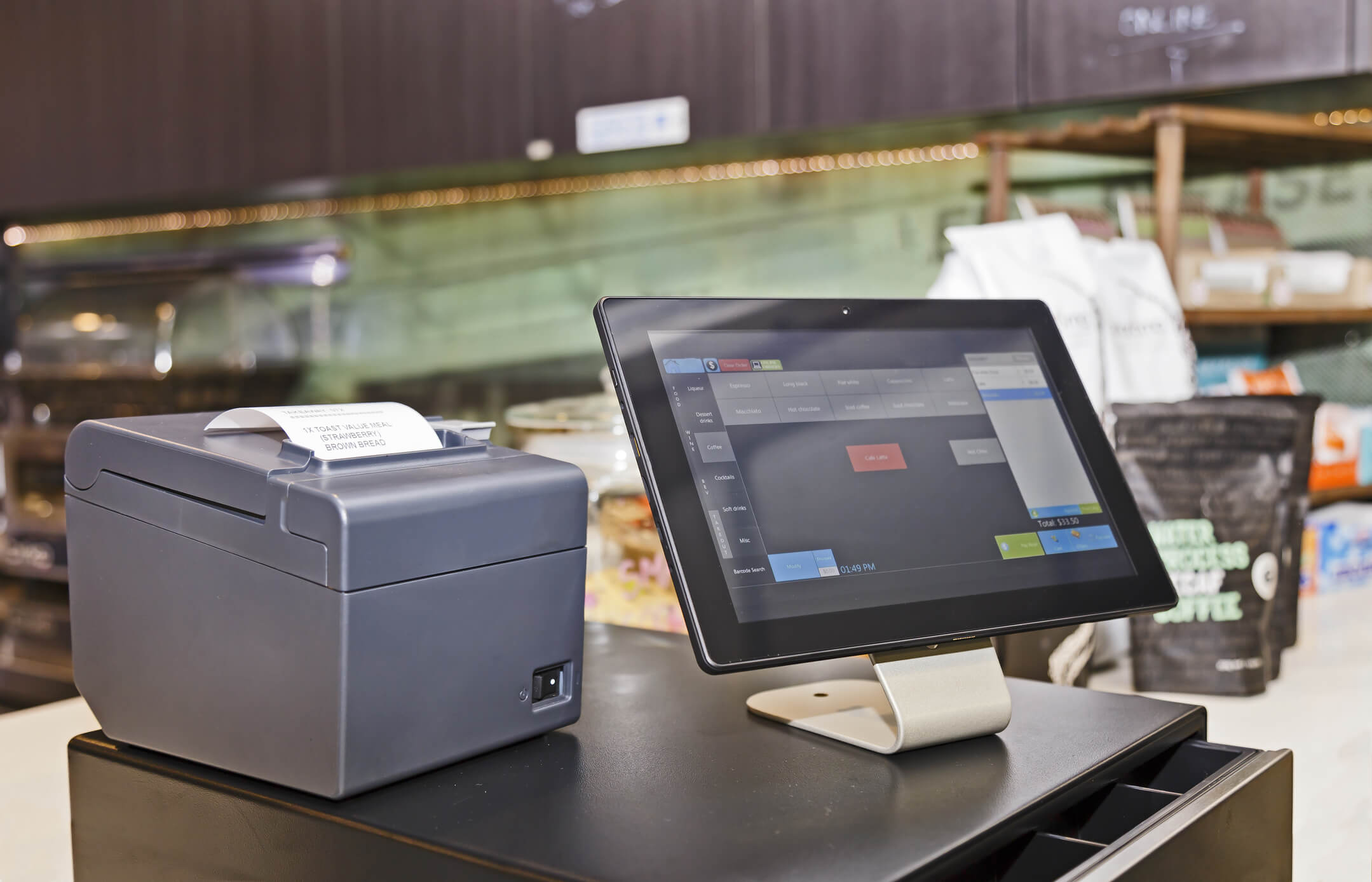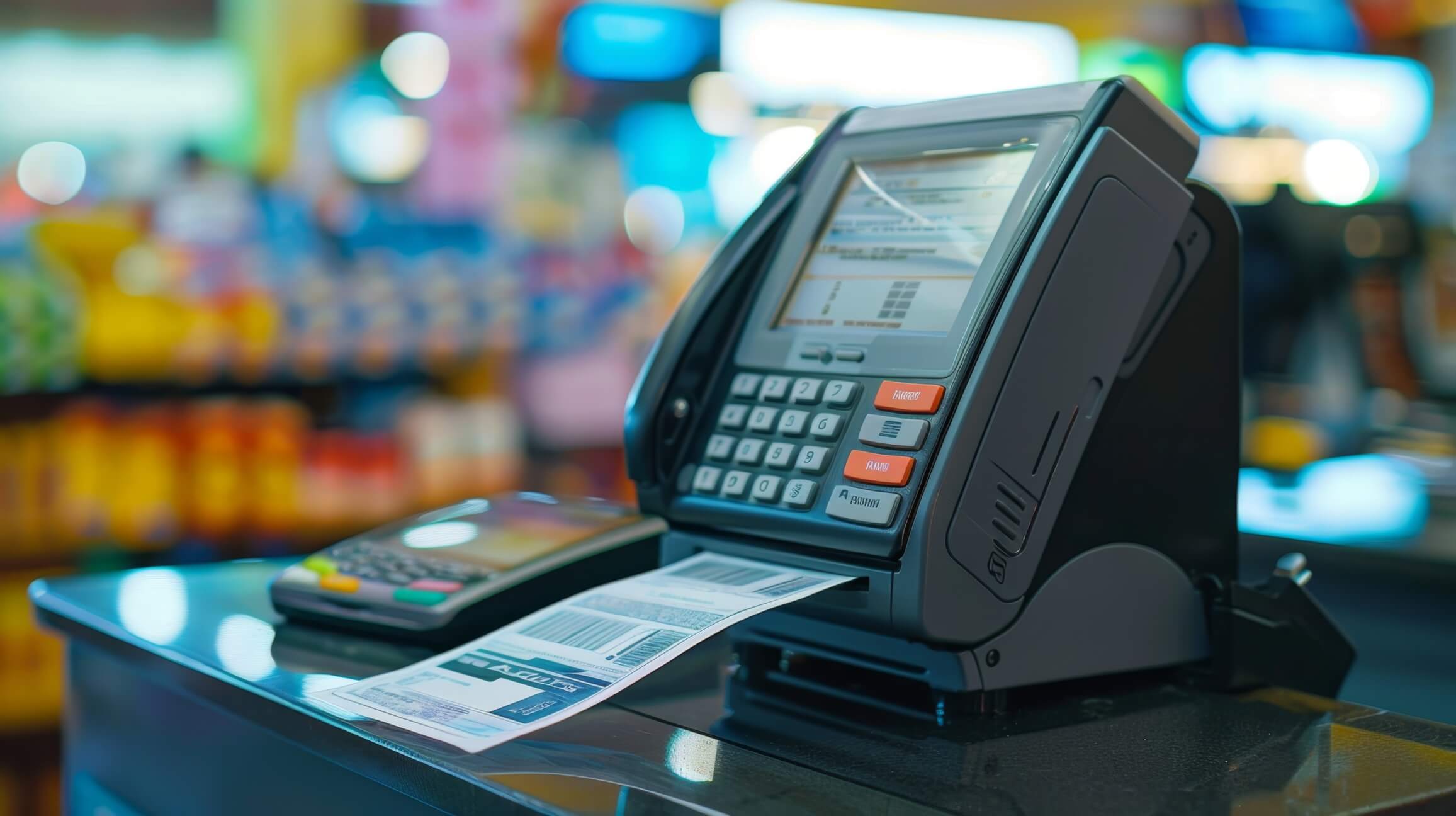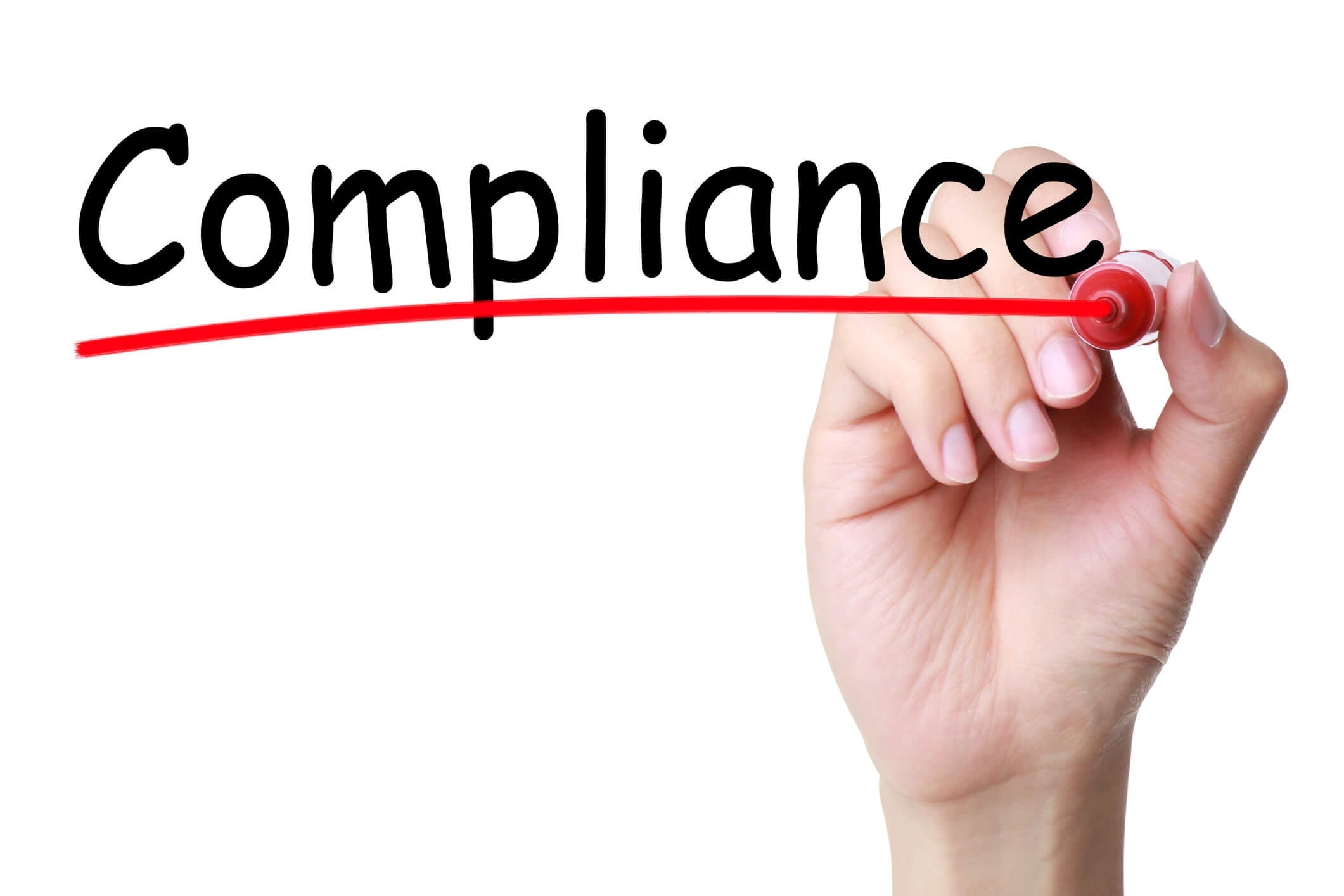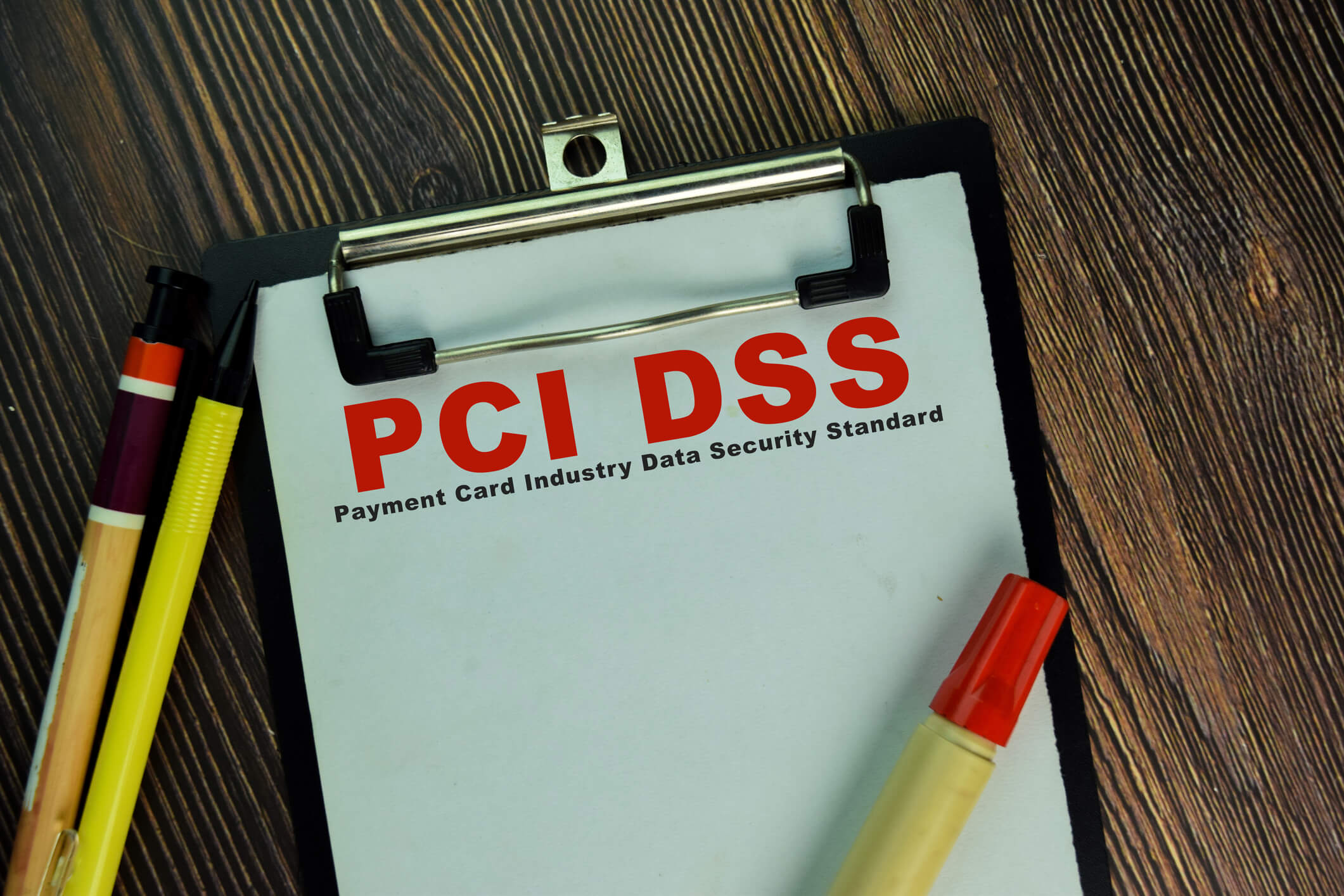Best Practices for PCI DSS Compliance in the Cloud
The Payment Card Industry Data Security Standard (PCI DSS) is a set of security standards designed to protect cardholder data and ensure the secure processing of payment transactions. With the increasing adoption of cloud computing, organizations are now faced with the challenge of maintaining PCI DSS compliance in the cloud.
This article will provide a comprehensive guide to best practices for achieving and maintaining PCI DSS compliance in a cloud environment.
Understanding the PCI DSS Requirements
To effectively achieve and maintain PCI DSS compliance in the cloud, it is crucial to have a clear understanding of the requirements set forth by the PCI Security Standards Council. The PCI DSS consists of 12 requirements, which include maintaining a secure network, protecting cardholder data, implementing strong access controls, regularly monitoring and testing security measures, and maintaining an information security policy.
- Maintain a Secure Network: This requirement involves the implementation of firewalls, secure configurations, and regular network monitoring to protect cardholder data from unauthorized access.
- Protect Cardholder Data: Organizations must encrypt cardholder data both in transit and at rest to ensure its confidentiality and integrity.
- Implement Strong Access Controls: Access to cardholder data should be restricted to authorized personnel only, and strong authentication mechanisms should be in place to prevent unauthorized access.
- Regularly Monitor and Test Security Measures: Continuous monitoring and regular testing of security controls are essential to identify and address vulnerabilities and ensure the effectiveness of security measures.
- Maintain an Information Security Policy: Organizations must have a comprehensive information security policy that addresses all aspects of PCI DSS compliance and is communicated to all employees.
Choosing a Secure Cloud Service Provider
Selecting a secure cloud service provider (CSP) is a critical step in achieving and maintaining PCI DSS compliance in the cloud. When evaluating potential CSPs, organizations should consider the following factors:
- Compliance: Ensure that the CSP is compliant with the relevant security standards, including PCI DSS. The CSP should be able to provide evidence of their compliance and undergo regular audits.
- Data Security: The CSP should have robust security measures in place to protect cardholder data. This includes encryption, access controls, and regular security assessments.
- Data Location: Understand where the data will be stored and processed. Some countries have specific data protection laws that may impact PCI DSS compliance.
- Incident Response: The CSP should have a well-defined incident response plan in place to address any security breaches or incidents promptly.
- Service Level Agreements (SLAs): Review the SLAs provided by the CSP to ensure they align with the organization’s security and compliance requirements.
Implementing Strong Access Controls in the Cloud
Implementing strong access controls is crucial for maintaining PCI DSS compliance in the cloud. The following best practices can help organizations achieve this:
- Role-Based Access Control (RBAC): Implement RBAC to ensure that users are granted access based on their roles and responsibilities. This helps prevent unauthorized access to cardholder data.
- Multi-Factor Authentication (MFA): Require users to authenticate using multiple factors, such as a password and a unique code sent to their mobile device. MFA adds an extra layer of security to prevent unauthorized access.
- Privileged Access Management (PAM): Implement PAM solutions to manage and monitor privileged accounts. This helps prevent misuse of privileged access and ensures accountability.
- Least Privilege Principle: Follow the principle of least privilege, granting users only the access necessary to perform their job functions. This reduces the risk of unauthorized access and limits the potential impact of a security breach.
- User Activity Monitoring: Implement user activity monitoring tools to track and log user actions within the cloud environment. This helps detect any suspicious or unauthorized activities.
Securing Data in Transit and at Rest
Securing cardholder data both in transit and at rest is a critical aspect of PCI DSS compliance in the cloud. The following best practices can help organizations achieve this:
- Encryption: Encrypt cardholder data using strong encryption algorithms during transmission and storage. This ensures that even if the data is intercepted, it remains unreadable and unusable.
- Secure Protocols: Use secure protocols, such as HTTPS, for transmitting cardholder data over the internet. This provides an additional layer of protection against eavesdropping and data tampering.
- Tokenization: Implement tokenization to replace sensitive cardholder data with non-sensitive tokens. This reduces the risk of data exposure and minimizes the scope of PCI DSS compliance.
- Key Management: Implement robust key management practices to ensure the secure generation, storage, and rotation of encryption keys. This helps protect the confidentiality and integrity of encrypted data.
- Data Classification: Classify cardholder data based on its sensitivity and implement appropriate security controls accordingly. This ensures that data is adequately protected based on its level of risk.
Regularly Monitoring and Testing Security Measures
Regular monitoring and testing of security measures are essential for maintaining PCI DSS compliance in the cloud. The following best practices can help organizations effectively monitor and test their security measures:
- Security Information and Event Management (SIEM): Implement a SIEM solution to collect and analyze security logs from various cloud services. This helps detect and respond to security incidents in real-time.
- Intrusion Detection and Prevention Systems (IDPS): Deploy IDPS solutions to monitor network traffic and detect any unauthorized access attempts or malicious activities.
- Vulnerability Scanning: Conduct regular vulnerability scans to identify any weaknesses or vulnerabilities in the cloud environment. Address any identified vulnerabilities promptly to maintain a secure environment.
- Penetration Testing: Perform regular penetration testing to simulate real-world attacks and identify any potential security weaknesses. This helps validate the effectiveness of security controls and identify areas for improvement.
- Incident Response Planning: Develop a comprehensive incident response plan that outlines the steps to be taken in the event of a security incident. Regularly test and update the plan to ensure its effectiveness.
Maintaining Compliance in a Dynamic Cloud Environment
Maintaining PCI DSS compliance in a dynamic cloud environment can be challenging. The following best practices can help organizations effectively manage compliance in a constantly changing cloud environment:
- Change Management: Implement a robust change management process to track and manage changes to the cloud environment. This ensures that any changes are properly assessed for their impact on PCI DSS compliance.
- Configuration Management: Maintain an up-to-date inventory of all cloud assets and configurations. Regularly review and update configurations to ensure compliance with PCI DSS requirements.
- Continuous Monitoring: Implement continuous monitoring tools and processes to detect any changes or deviations from the established security controls. This helps identify and address compliance issues in real-time.
- Cloud Security Assessments: Conduct regular security assessments of the cloud environment to identify any gaps or vulnerabilities. This helps ensure that the cloud environment remains compliant with PCI DSS requirements.
- Vendor Management: Establish a robust vendor management program to assess and monitor the security practices of cloud service providers. Regularly review vendor compliance reports and conduct on-site assessments if necessary.
Addressing Vulnerabilities and Patch Management
Addressing vulnerabilities and implementing effective patch management processes are crucial for maintaining PCI DSS compliance in the cloud. The following best practices can help organizations effectively address vulnerabilities and manage patches:
- Vulnerability Management Program: Establish a vulnerability management program that includes regular vulnerability scanning, risk assessment, and remediation processes. This helps identify and address vulnerabilities in a timely manner.
- Patch Management: Implement a robust patch management process to ensure that all systems and software in the cloud environment are up-to-date with the latest security patches. Regularly test and deploy patches to minimize the risk of exploitation.
- Vulnerability Remediation: Prioritize and remediate vulnerabilities based on their severity and potential impact on PCI DSS compliance. Develop a systematic approach to address vulnerabilities promptly.
- Change Control: Implement a change control process that includes proper testing and validation of patches before deployment. This helps minimize the risk of introducing new vulnerabilities during the patching process.
- Security Patch Monitoring: Monitor vendor security advisories and alerts to stay informed about the latest vulnerabilities and patches. This helps ensure that critical patches are applied promptly to maintain a secure environment.
Training and Educating Employees on PCI DSS Compliance
Training and educating employees on PCI DSS compliance is essential for maintaining a secure cloud environment. The following best practices can help organizations effectively train and educate their employees:
- Security Awareness Training: Provide regular security awareness training to all employees to ensure they understand their roles and responsibilities in maintaining PCI DSS compliance. This includes training on secure password practices, phishing awareness, and data handling procedures.
- Role-Specific Training: Provide role-specific training to employees who handle cardholder data or have access to sensitive systems. This ensures that they are aware of the specific security requirements and best practices relevant to their roles.
- Incident Response Training: Conduct regular incident response training exercises to ensure that employees are prepared to respond effectively to security incidents. This includes training on incident reporting procedures, containment measures, and communication protocols.
- Ongoing Education: Stay updated on the latest security threats, trends, and best practices through ongoing education and training programs. This helps employees stay informed and adapt to evolving security challenges.
- Compliance Monitoring: Regularly monitor and assess employee compliance with PCI DSS requirements. This can be done through periodic assessments, audits, and security awareness surveys. Provide feedback and additional training as needed to address any compliance gaps.
Frequently Asked Questions (FAQs) about PCI DSS Compliance in the Cloud
Q.1: What is PCI DSS compliance?
PCI DSS compliance refers to the adherence to the security standards set forth by the Payment Card Industry Security Standards Council. It ensures the secure processing, storage, and transmission of cardholder data.
Q.2: Can I achieve PCI DSS compliance in the cloud?
Yes, it is possible to achieve PCI DSS compliance in the cloud. However, it requires careful selection of a secure cloud service provider and the implementation of appropriate security controls.
Q.3: What are the consequences of non-compliance with PCI DSS?
Non-compliance with PCI DSS can result in severe consequences, including financial penalties, loss of reputation, increased risk of data breaches, and potential legal action.
Q.4: How often should I conduct vulnerability scans and penetration tests?
Vulnerability scans should be conducted at least quarterly, and penetration tests should be performed annually or after any significant changes to the cloud environment.
Q.5: What is the role of encryption in PCI DSS compliance?
Encryption plays a crucial role in PCI DSS compliance as it helps protect cardholder data from unauthorized access. It should be used both during transmission and storage of sensitive data.
Conclusion
Achieving and maintaining PCI DSS compliance in the cloud requires a comprehensive approach that includes understanding the requirements, selecting a secure cloud service provider, implementing strong access controls, securing data in transit and at rest, regularly monitoring and testing security measures, maintaining compliance in a dynamic cloud environment, addressing vulnerabilities and patch management, and training and educating employees on PCI DSS compliance.
By following these best practices, organizations can ensure the secure processing of payment transactions and protect cardholder data in the cloud.
